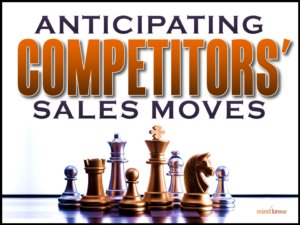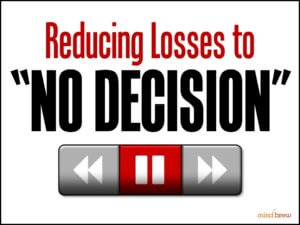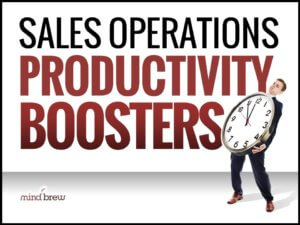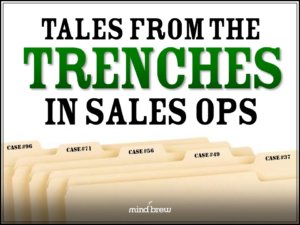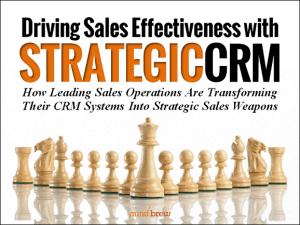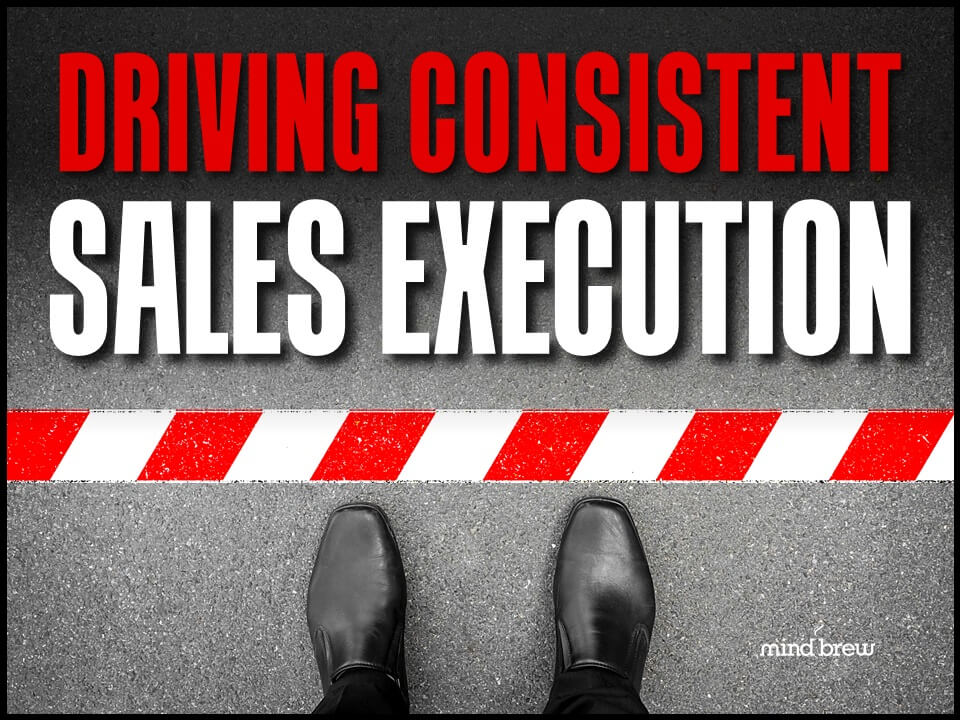Every company in every industry in every market faces competition–at least those markets that are open and fair. Typically, you can classify that competition into three categories:
- Direct competition — Your direct competitors provide basically the same products and services that you do. That doesn’t mean that your offerings are exactly like your competitors’ but that they belong in the same category. Your customers will almost certainly compare your products against the direct competition when making a purchasing decision. For example, if you manufacture cars, your direct competition is all the other car manufacturers, even if their vehicles don’t have exactly the same features as your vehicles.
- Indirect competition — Your indirect competitors don’t sell exactly what you sell, but your customers might choose to purchase something offered by an indirect competitor instead of from you or one of your direct competitors. Going back to the earlier example, a carmaker might have indirect competition from companies that make bikes or electric scooters. Public transit might be an indirect competitor, along with ridesharing services like Uber and Lyft.
- Disruptive competition — Sometimes a new invention or innovation takes a market in a totally different direction. Back to the car example, the invention of the automobile was a major disruption to the buggy-making business. Today, both electric vehicles and autonomous vehicles are offering some disruptive competition to automakers. And if someone suddenly invented teleportation, that would be a pretty major disruption to the car industry.
All three of those types of competition are easy to understand and visualize. But there’s another type of competition that’s easy to overlook because it’s much more hidden:
No decision.
You see, in many markets, customers don’t necessarily have to buy what you are selling. People don’t actually have to purchase a mode of transportation at all. As the pandemic proved, you can live pretty much all your life without leaving your house these days. And in some neighborhoods, you might be able to get everywhere you need to go by walking.
This scenario is even more common in business-to-business sales. For example, if you sell small business accounting software, a prospect might decide that they are getting along just fine with spreadsheets and don’t need accounting software at all.
It’s often really difficult to tell when you’ve lost a sale to no decision. The deal might just seem to stall or fizzle away. The customer might ask for a quote and then never get back to you.
If this happens frequently to your sales team, you need to dig into the root causes. Maybe your prices were too high for this segment. Maybe your value messaging didn’t resonate with some prospects. Maybe those “no decision” deals were actually times when you silently lost to an actual competitor.
Determining why those deals didn’t happen can shed some valuable light on the sales process, leading to a valuable opportunity to bring in new revenue and margin.
The webinar on Anticipating Competitors’ Sales Moves can help you figure out which competitors — including indirect and hidden competitors — matter most for your business. It can also help you get ahead of your their actions and reactions.
And Reducing Losses to ‘No Decision’ offers some more direct advice to address your hidden competition. It counters some of the traditional wisdom and offers strategies and tactics to help reinvigorate stalled deals.
A hidden threat is always more dangerous than one that you can see. By keeping your eye on your direct, indirect, disruptive, and hidden competition, you’ll be better positioned for success in your marketplace.

